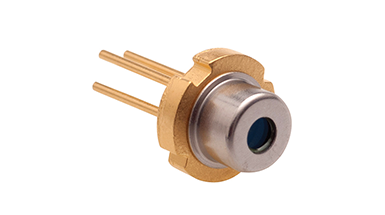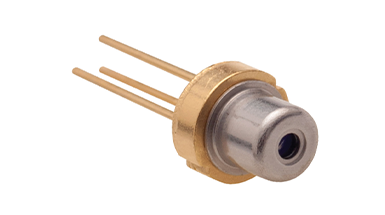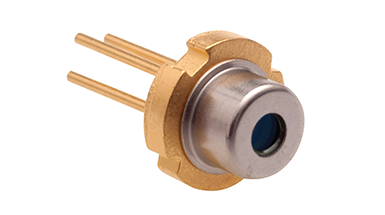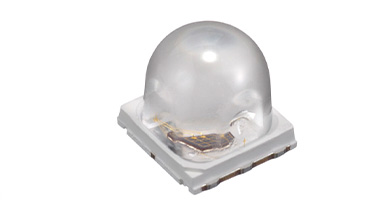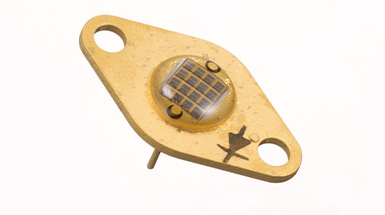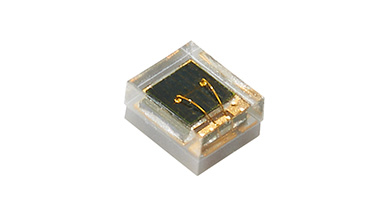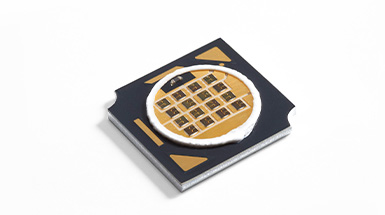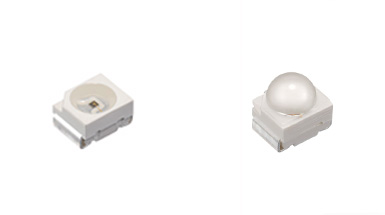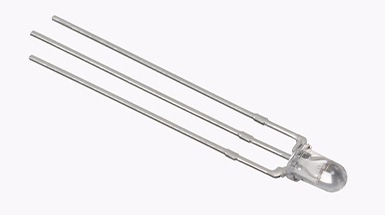Detection
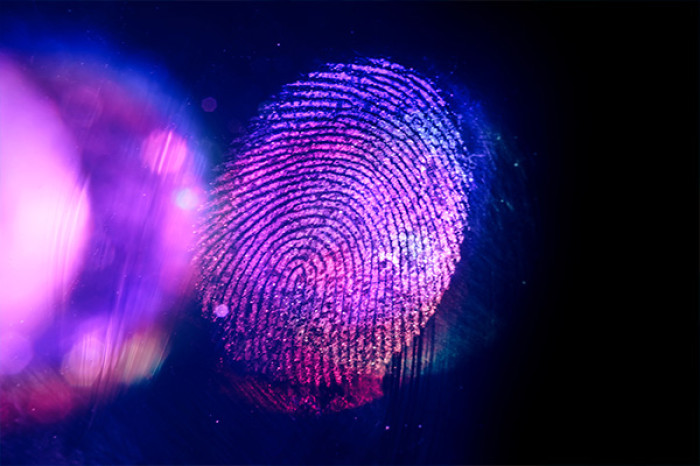
Detection technologies using laser diodes and LEDs have become pivotal in enhancing the accuracy, efficiency, and reliability of various applications such as air quality detection, forensic analytics, gas analysis, and smog detection among others. These advanced light sources provide precise and sensitive detection capabilities, transforming how these critical analyses are conducted.
Air quality: real-time measurement of pollutants
In air quality detection, laser diodes and LEDs play a crucial role by providing accurate and real-time measurements of particulate matter and gaseous pollutants. Laser-based sensors use light scattering principles to detect particles in the air, offering high sensitivity and the ability to detect even the smallest particles. LEDs, particularly those emitting in the UV range, are effective in detecting specific gases like ozone and nitrogen dioxide, enabling comprehensive air quality assessments.
Forensics: Making traces visible
Forensic analytics greatly benefit from the precision of laser diodes and LEDs. Laser diodes are used in forensic light sources to detect biological samples, fibers, and other trace evidence. The high-intensity and focused light can reveal details invisible to the naked eye, such as latent fingerprints or bodily fluids, enhancing the accuracy and speed of forensic investigations. LEDs, with their diverse wavelength range, can be tailored to highlight specific types of evidence, aiding in crime scene analysis and evidence collection.
Gas analysis: High precision with laser technology
Gas analysis is another domain where laser diodes and LEDs excel. Tunable diode laser absorption spectroscopy (TDLAS) utilizes laser diodes to measure gas concentrations with high precision. This technique is widely used in industrial processes, environmental monitoring, and laboratory research to detect gases such as methane, carbon dioxide, and ammonia. LEDs, particularly mid-infrared LEDs, are also employed in non-dispersive infrared (NDIR) sensors for gas detection, providing reliable and cost-effective solutions for continuous monitoring.
Smog detection: Protection for the environment and health
Smog detection relies heavily on the capabilities of laser diodes and LEDs to monitor air pollution levels. These light sources can detect various pollutants that contribute to smog formation, such as sulfur dioxide, nitrogen oxides, and particulate matter. The ability to provide real-time data enables authorities to implement timely measures to mitigate smog and protect public health.
Ushio: Light sources for the highest demands
Ushio offers an impressive range of Laser Diodes and LEDs. Ushio Laser Diodes are available in the wavelengths between 375 nm and 852 nm. The range of LEDs cover all wavelengths in the UV (ultraviolet), visible and IR (infrared) spectra from 365 nm to 1900 nm, indispensable in modern detection technologies across diverse applications. Our photonics solutions experts offer in-depth technical support helping our clients select the ideal light sources for their specific requirements.
